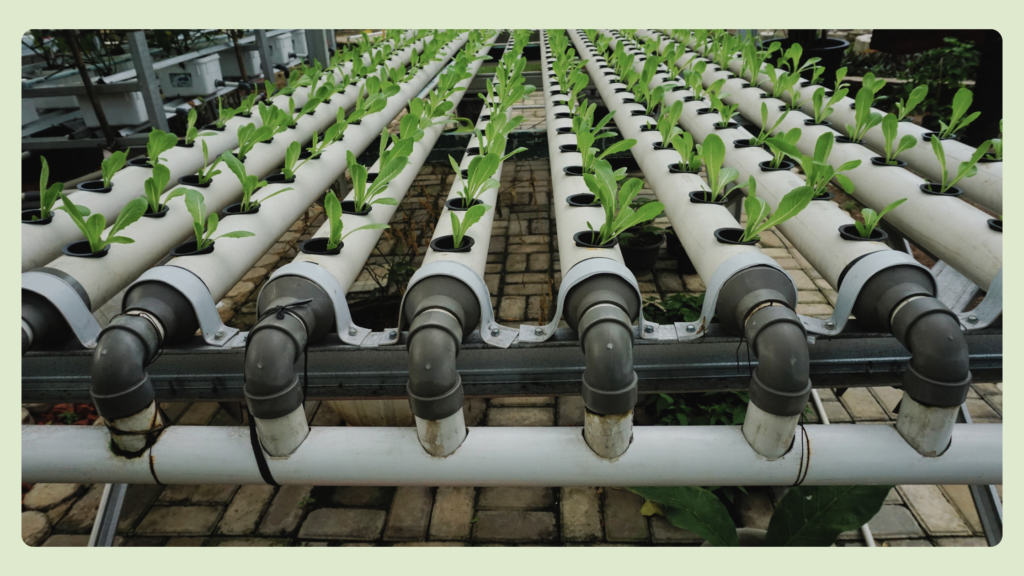Automation in agriculture is rapidly changing the way we grow crops, manage livestock, and perform labor-intensive tasks. From robotic harvesters to smart irrigation systems, farmers are increasingly turning to automated solutions to save time, reduce costs, and increase productivity. However, while automation offers many benefits, it also raises concerns—particularly about its impact on agricultural jobs. Let’s explore how automation in agriculture can reshape farming, along with its potential challenges and solutions.
Automation in Agriculture
The adoption of automation in agriculture is no longer just an idea—it’s already in action. Across the globe, automated technologies are being used to make farming more efficient.
- Agricultural Robots Are Already at Work
In countries like the U.S. and Japan, robots are used for tasks like seeding, planting, weeding, and harvesting. Robotic planters ensure that crops are spaced evenly, while automated harvesters gather fruits and vegetables with precision. The use of drones for crop monitoring and spraying fertilizers is also gaining popularity. For larger farms, automation has even extended to milking cows—a practice already common in the UK. - Hydroponics and Automated Farming Systems
Automation in hydroponics, aquaponics, and aeroponics has revolutionized modern agriculture. These soilless farming methods rely heavily on technology to regulate water flow, nutrient delivery, and lighting. Smart sensors monitor pH levels, nutrient concentration, and water levels in real-time, sending alerts directly to the farmer’s smartphone when adjustments are needed. This allows farmers to focus on other tasks while ensuring optimal plant growth with minimal manual effort.
Benefits of Automation in Agriculture
The shift toward automation brings several advantages to farmers, helping them save time and resources while enhancing productivity.
- Improved Efficiency and Precision: Robots and automated systems perform tasks like planting and harvesting more quickly and with greater accuracy than manual labor. This reduces waste and maximizes crop yield.
- Labor Savings: Automation reduces the need for extensive manual labor, which is particularly beneficial during labor shortages or busy harvest seasons. Farmers can focus on higher-level tasks like planning and monitoring.
- Consistent Crop Management: Automated systems monitor crops around the clock, ensuring consistent care. Irrigation systems deliver precise amounts of water, preventing both under and over-watering.
- Scalable Operations: Whether managing a small farm or a large agricultural operation, automation makes scaling easier. Farmers can expand their operations without significantly increasing labor costs.
Challenges of Automation in Agriculture
Despite the many benefits, the widespread use of automation in agriculture presents certain challenges, especially when it comes to balancing technology with manual work.
- Dependence on Technology
Automated systems rely on software and sensors, which can malfunction or crash. A sudden technical issue could disrupt operations, leaving farmers scrambling to make manual adjustments. For those accustomed to automation, switching back to traditional farming methods may prove difficult in emergencies. - Job Displacement and Labor Concerns
One of the biggest concerns is the potential loss of jobs, as automation can replace tasks traditionally performed by human labor. According to recent studies, one automated farming system can replace the work of 8 to 10 laborers. This raises questions about how can the displaced workers transition to new roles in a highly automated agricultural landscape. - Costs and Accessibility
While automation improves efficiency, the initial investment in robotic systems, drones, and smart sensors can be high. Small-scale farmers may struggle to afford these technologies, creating a divide between large, automated farms and smaller, traditional ones.
Recent Developments in Agricultural Automation
- AI-Powered Crop Monitoring: Machine learning and artificial intelligence (AI) are now being used to predict crop yields and detect early signs of disease. AI systems analyze satellite images, weather data, and soil health to help farmers make informed decisions.
- Autonomous Tractors and Drones: Self-driving tractors and drones are revolutionizing fieldwork. Autonomous tractors can plough fields without human supervision, while drones scan large areas for pest outbreaks and water stress, providing real-time data.
- Vertical and Urban Farming: Automated vertical farms are becoming popular in urban areas, where space is limited. These farms use sensors to optimize light, water, and nutrients, allowing year-round production of leafy greens and herbs.
Human Role in Automated Agriculture
While automation offers numerous advantages, farming still requires a human touch. Here are some ways to strike a balance between technology and traditional farming practices:
- Use Automation Strategically
Farmers can focus automation on the most repetitive or labor-intensive tasks, such as harvesting and irrigation, while still performing manual checks to ensure plant health. - Develop Skills for New Roles
As automation reduces the need for certain types of labor, it also creates new opportunities in areas like data analysis, equipment maintenance, and robotics management. Investing in training programs will help farm workers transition to new roles in an automated agriculture landscape. - Combine Technology with Sustainable Practices
Automation should work hand-in-hand with sustainable farming methods, such as crop rotation, mixed cropping, and reforestation. This ensures that technology enhances, rather than replaces, the connection between farmers and nature.
Conclusion
Automation in agriculture is not just a passing trend—it’s the future of farming. By using technology to perform repetitive tasks, monitor crops more effectively, and optimize resource use, farmers can improve both productivity and sustainability. However, the shift to automation must be carefully managed to avoid over-reliance on technology and ensure that human expertise remains a crucial part of farming.
With the right balance between automation and manual labor, the agricultural sector can thrive by producing more food with fewer resources while creating new opportunities for innovation and growth. The impact of automation in agriculture is already significant, and as technology continues to evolve, farmers will have even more tools at their disposal to grow smarter, more resilient farms.




